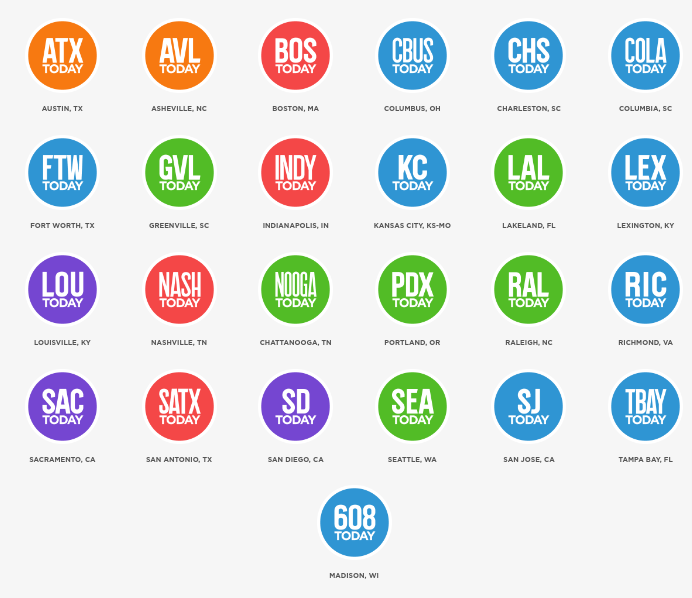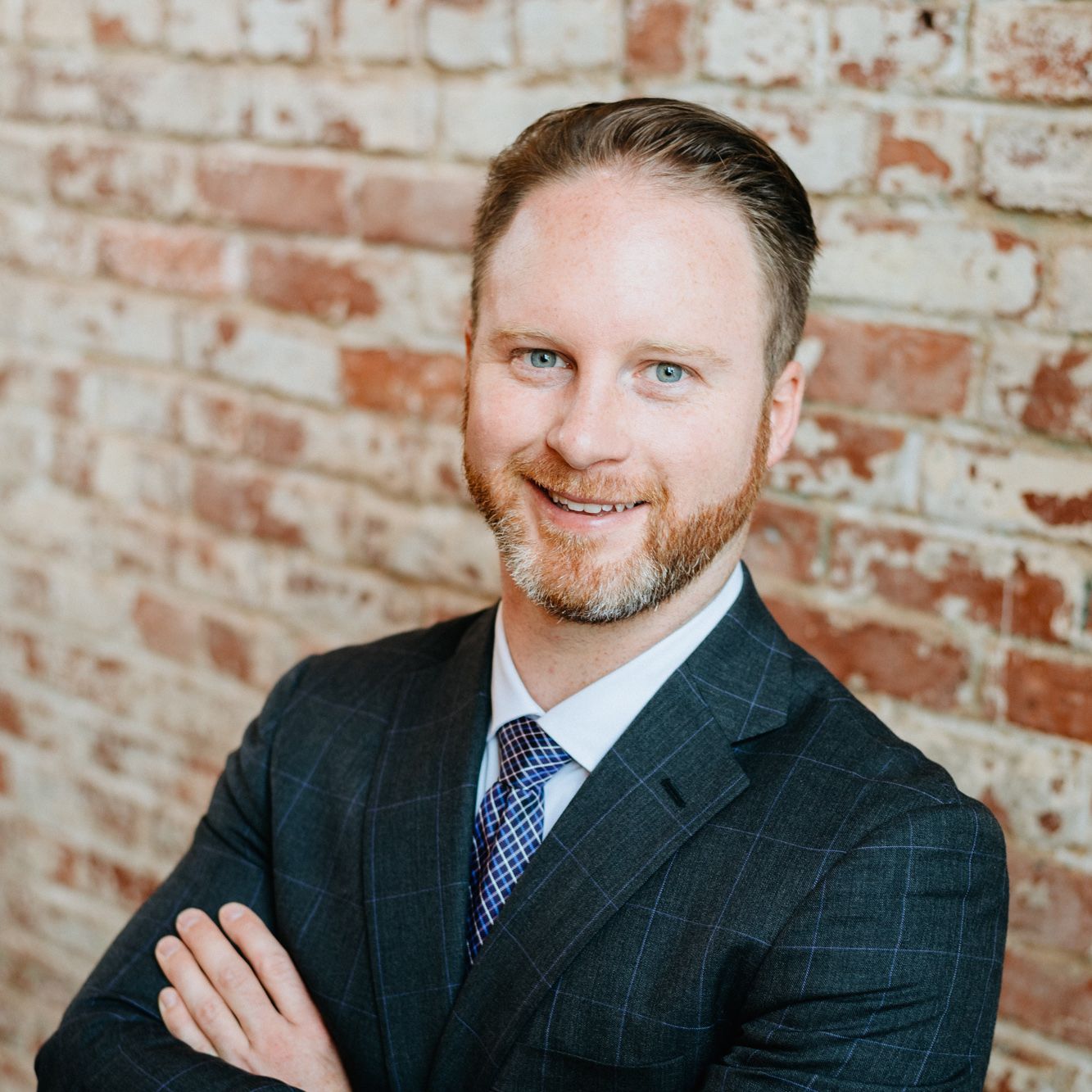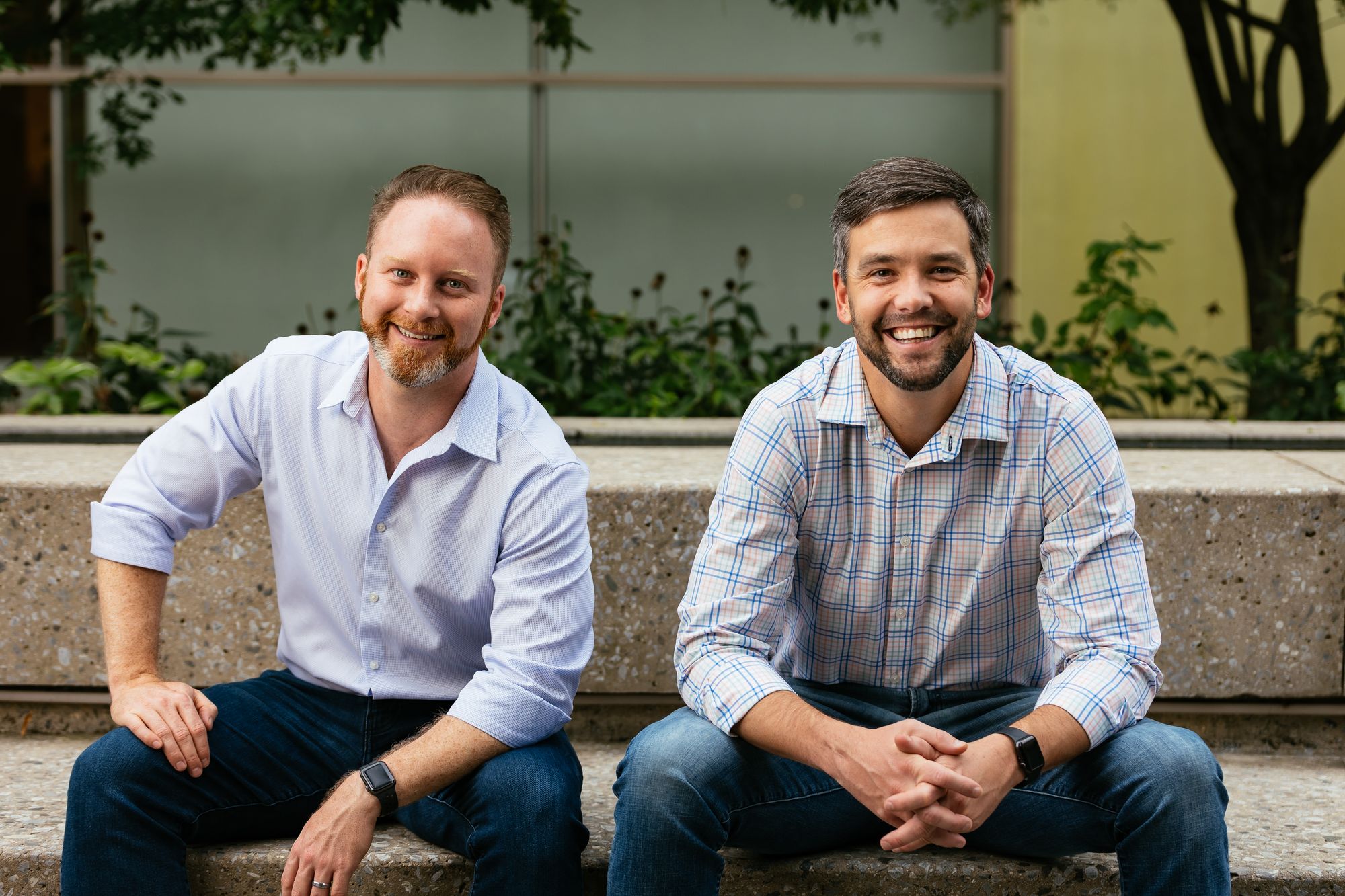|
Getting your Trinity Audio player ready...
|
I love delving into the mechanics of newsletters. There are so many moving parts to get right in editorial, engagement, growth, advertising, memberships. This case study has lessons from behind the scenes at one of the fastest-growing local news organisations in the US.
Scaling a single newsletter business is hard enough. Delivering a sustainable local news model to 25 US cities and laying the foundations for another 50 takes the challenge to another level.

In an interview with Champion Newsletters, 6AM City’s co-founder and chief operating officer Ryan Heafy shared the operating strategies behind the company’s rapid growth that underpin ambitious roll out plans.

Analysing addressable market size
Champion Newsletters: How does 6AM City choose a market?
Heafy: “In terms of population density, we overlay our target demographics over the census data. Our readership is female leaning and wildly age diverse.
“Then we ask: Could we achieve 100,000 subscribers in this market? For us to be profitable and sustainable, we target a minimum of 50,000 subscribers.”
Champion Newsletters: What are the key metrics?
Heafy: “The biggest thing for us is size of the audience, demographic overlay, with educational attainment having the biggest correlation to overall addressable market size.”
“Things that are important but not obvious are inflows and outflows of people, charitable giving per capita, and total retail spend.”
“We are trying to measure how actively engaged people are in their community. Where we have the highest charitable giving per capita are typically most engaged readers.”
“For example, Asheville, NC, is a small touristy city but very liberal, charitable, they have the highest open rates, best support, most membership, but lowest ad revenue because it does not have larger businesses to support the ad revenue. We hit a home run on user engagement but struggle in a different way on ad revenue.”

“Lakeland Florida is punching above their weight from an economic development perspective. Their economic development entity recruited us to the community, as they saw value in the economic impact that we deliver.
“They have no editorial control. We bring a third-party voice talking about the city in a cooler, hipper, trendier way that the community engages with.”
Champion Newsletters: Does it have to be a city?
Heafy: “Cities are important because they have brand affinity, and future launches could well be regional or around a particular vertical, so long as the target demographic has a sense of community (the company calls this “Pride in Place”) and we can establish brand authority.
“We’ve thought about covering an entire state, say South Carolina – we have 3 markets there – but it’s not only about geography, it’s about total addressable market size. That’s not necessarily the same as population size.
Subscriber unit economics
Champion Newsletters: What are the unit economics of the business?
Heafy: “The average acquisition cost of a new subscriber is under $1 and the lifetime value (LTV) is over $25.
“We are targeting 100,000 subscribers per market, at a $10 annual revenue per user (ARPU), so $1m revenue per city is the benchmark.
“More mature markets have a $10-$15 ARPU, and brand new markets that are about 1 year old have a $3-8 ARPU, so they grow quickly into maturity.
Champion Newsletters: What sort of market penetration are you getting?
Heafy: “It’s challenging to know where everyone is. In addition to local residents, some subscribers may be people who used to live there, went to school there or want to move there.
“In Greenville, SC, it would appear that we reach 90% of the population, which sounds great but isn’t likely true to just the city core. We know it has a larger regional effect than we realise.”
Lessons from a 6 year tech stack build
The current tech stack has developed over 6 years and is “pretty much done for the foreseeable future” says Heafy.
“At our size, the content management system (CMS) and email service (ESP) upgrades are both six-figure annual investments and bring significant operational efficiency to the business.”
Content management system (CMS): Brightspot
Email service providers (ESP): Sailthru for media business; Hubspot for B2B marketing emails; Klaviyo for the e-commerce business.
Listings: For events, CitySpark. For jobs, real estate, Typeform.
Editorial style and training: Trainual.
Champion Newsletters: What lessons have you learned from building the tech stack?
Heafy: “We made some big mistakes and probably won’t make all the right decisions in the future.
“Some things we’ve tried have cost us a fortune. We spent thousands of dollars on something that we were developing, and ultimately threw in the trash after 3 months, because it wasn’t going to be worth it.”
Champion Newsletters: What advice would you give to newsletters looking to scale?
Heafy: “I don’t think it makes sense for anyone getting started to build technology on their own. Every build/buy decision that we have made with technology has always ultimately been a buy decision.
“The challenge is how you scale into it. We found it better to invest in integrations of technology.
“Many technologies talk one to one rather than one to many. A good example is Shopify. In most cases it can only connect to one ESP or one CMS account, so we had to work around that to ensure data uniformity across platforms.
“CitySpark is a platform that lets us charge for event listings to be promoted on the site and in the newsletter, and is automated all the way through to publishing in our newsletter. Self-service advertising methods contribute to a meaningful chunk of annual revenue.”
The key to reaching a wider audience
Champion Newsletters: What differentiates 6AM City from other local news organisations like Axios Local?
Heafy: “The most interesting part is that we’re winning on a local level and have proven experience in building out the local revenue model and unit economics, which is not easy.
“I would suspect that the majority of Axios revenue at this time is not in their local products. They are only just starting to see local advertising maturation, which we know takes some time.”
“Additionally, a lot of local and national advertisers are trying to disassociate themselves from political discourse and controversial topics.”
“We separate ourselves by concentrating on celebrating and educating the cities we serve. We provide the content and tools to empower our readers to spend their time, talent and treasure locally. We are seeing a direct brand affinity with the mission from local and national advertisers.
“They say: “Hey, this makes more sense. I can reach consumers, get conversions and the content feels good for my brand.”
“We are seeing those advertisers looking for alternative solutions. They want a direct connection, a net new audience, (different eyeballs to those they have) and better brand alignment for their vision or mission.”
Champion Newsletters: You’ve made a name for 6AM City by being averse to covering hard news. Can you explain that thinking?
Heafy: “From Day 1 we knew we had to differentiate ourselves and so we decided that was the one way we could separate the product from most other media companies.
Everyone else was covering hard news. The community was looking for a reprieve from that information. We built the product with a consumer mindset, thinking about what we wanted to read, and identified the gaps that were growing in local markets”
“Click-baity content is not working as effectively as it used to, so media companies that have embraced that approach are having to double down as they rely on people clicking on that content to generate revenue. They prioritize driving eyeballs over adding value for local consumers.
“While we may not serve the role of investigative journalist, we lean in on explainer journalism, helping our readers to best understand local civic topics so they can effectively participate in the discussions happening in their communities.
Unexpected tactics for higher reader engagement
Champion Newsletters: How do you create news that people want to consume as consumers?
Heafy: “Between development and lifestyle there’s a huge opportunity. When we look at civic topics we take a more educational approach to how things operate.
“We can still serve a great civic purpose without digging into the individual influences.
“Even though we are moving the needle more than most our decision to limit our focus to lifestyle and explainer journalism means we’ve essentially eliminated our opportunity to secure funding from philanthropic organizations.
“But this highlights gaps in philanthropic investment strategies around long term sustainability and impact based journalism. In order to deliver content, the community wants, it is imperative that we designed a sustainable business model.
“Folks solely focused on investigative journalism without content diversification and business strategy are finding it harder to monetise and wean themselves off grant-based dollars.

“That unfortunately sets a timeline for the life of those businesses. There’s not a sustainable local investigative model that has truly positioned itself as a winning strategy.
“Our model and playbook are set up to establish a consumer focused content and business strategy that could support any market. At some point, we could take our playbook, white label it, give to smaller markets maintaining control over some ad placements on a revenue share model, allowing both parties to be sustainable and extend our reach.
“However, this relies on us to truly succeed and hit profitability first. I do think there is a bigger purpose to it at the end of the day. We are 6-9 months away from being profitable as a company, which is huge. Then we can self-fund and really drive and control our future.
Turning editorial strategy into a science
Champion Newsletters: How do you ensure the 6AM City editorial style is standardised across all cities?
Heafy: “Ensuring editorial quality and consistency at scale is extremely challenging. We have created a training platform for all aspects of our business including editorial, using technology called Trainual. This platform is a referenceable tool that allows us to get a new editor up to speed in weeks as if they had been with the company for years.
“Additionally, our editors have a strong support network, where every 6-8 cities have a managing editor supporting 12-16 people. The team ties into an Editorial Director and a VP of Content who looks also oversees branded content.
“We separate like church and state our paid content from earned. There’s additionally a national team that supports all markets.
“We have low, limited overhead. There are about 5 people on the national team, 4 managing editors, then 50+ editors. There’s peer support to cover time off, maternity, etc., backfilling into another market when needed. They leverage the same technology and content strategy so it’s easy to provide cross market support.
“We leverage social media listening tools and a content sourcing strategy to pay attention to a broad diversity of content within a market, so we are very much the opposite of Facebook and other social platforms which filters content so you only see the things you are interested in and you like.
“A 35-year-old white female may never be served content about cultural food festivals due to social algorithms but she loves food festivals. Our approach surfaces top performing content for our team regardless of the content vertical or demographic segment of the community.
“This allows us to share content that gets people participating in new parts of the community that they wouldn’t otherwise. Where we focus is coaching tone, voice, content approach, and engagement.
Partnerships, not SEO, are key to growth
Champion Newsletters: How do you approach list growth?
Heafy: “When we first started it used to take 12+ months to grow to a meaningful audience size and start generating revenue, and now we can achieve a meaningful audience and revenue on the day we launch.”
“If we are starting in a new City our VP of Expansion and growth team will go in and establish relationships with the city, local chamber of commerce, downtown association partnerships, children’s theatres, places we know our audience is heavily involved.
“We will do co-promotional engagements, double opt-in. We’ll use cross-promotional activities to get our brand into other email newsletters and rapidly boost our growth that way. By creating partnerships, we can usually get up to 10,000 to 20,000 subscribers pre-launch.
“We have a 90 day window pre-launch where we are focused on building subscribers. These include good low cost organic boots on the ground methods, hustling – in addition to paid marketing efforts.”
“We’ve perfected a suite of content for every city that we know converts well. Knowing what works, we then use Facebook lead ads and similar tools and can acquire subscribers for under $1.
“We have perfected the paid growth model behind launching in a new market, knowing that we can deploy $20,000 to 50,000 over a few months to achieve our desired target audience size.
Socially acquired subscribers stay for about 18 months on average and our organically-sourced subscribers are even longer at 24+ months, an awesome retention of our subscriber base.
“We are always in the hamster wheel of bringing more people into the process.”
Reasons to avoid certain advertisers
Champion Newsletters: What’s the relationship between editorial and advertising sales staff?
Heafy: “Our editorial content is entirely independent from our advertising and paid content side of the business.”
“We are moving away from the commonly utilized asterisk and other passive identification to a more identifiable design for sponsored content, as part of a new email design rolling out by the end of March.
“Local readers sometimes have an aversion to national advertisers because the product is positioned as local. We have partnered with some brands that were controversial in the past and we got more pushback from readers regarding the ads than anything else.
“We don’t take policy or political advertising. We welcome feedback from our readers and adapt to ensure the balance of editorial to advertising (and the type of advertisers) in the product aligns with consumer interest.
Champion Newsletters: How would you do things differently if you were starting again?
Heafy: “We might start with one editor publishing 3 days a week for a couple of months while launching a new market, to offset some of the initial launch cost and then grow into a 5 day a week operation.
“Launching in 16 markets at the same time, while successful, was expensive, and we can take different steps to expedite the path to profitability and sustainability in the future.
Mapping the growth path and subscriber targets
Champion Newsletters: What does the growth path look like from here?
Heafy: “Upon a new cash infusion into the company we would be putting it into audience development first, then investing in new markets. We can get ourselves to 2.5m subscribers quickly, by deploying capital around audience growth. Audience growth and greater penetration into each market will be a big focus for us in 2023.
“We are concentrating on perfecting the unit economics for each market and perfecting the path to profitability. We want to be consistent and scalable. The 16 cities rolling out are all tracking and growing as expected. We are proving the model and positioning to expand to 50+ cities or whatever’s next.
“We have identified about 150 good expansion opportunities in the US. We are testing some bilingual content in San Antonio, Texas, to explore market reception and potential.
“If we were to expand beyond the US, English or Spanish speaking countries would probably be the first. Canada, Europe and other Spanish speaking countries would make sense if we expand internationally, but it will require additional capital and new resources to scale, which we’ll certainly explore over the coming years as we achieve profitability.”
Andy Griffiths
Champion Newsletters
Andy Griffiths is the founder and publisher of Champion Newsletters, which highlights best practice newsletter case studies and strategies. Sign-up free at andygriffiths.co.uk


